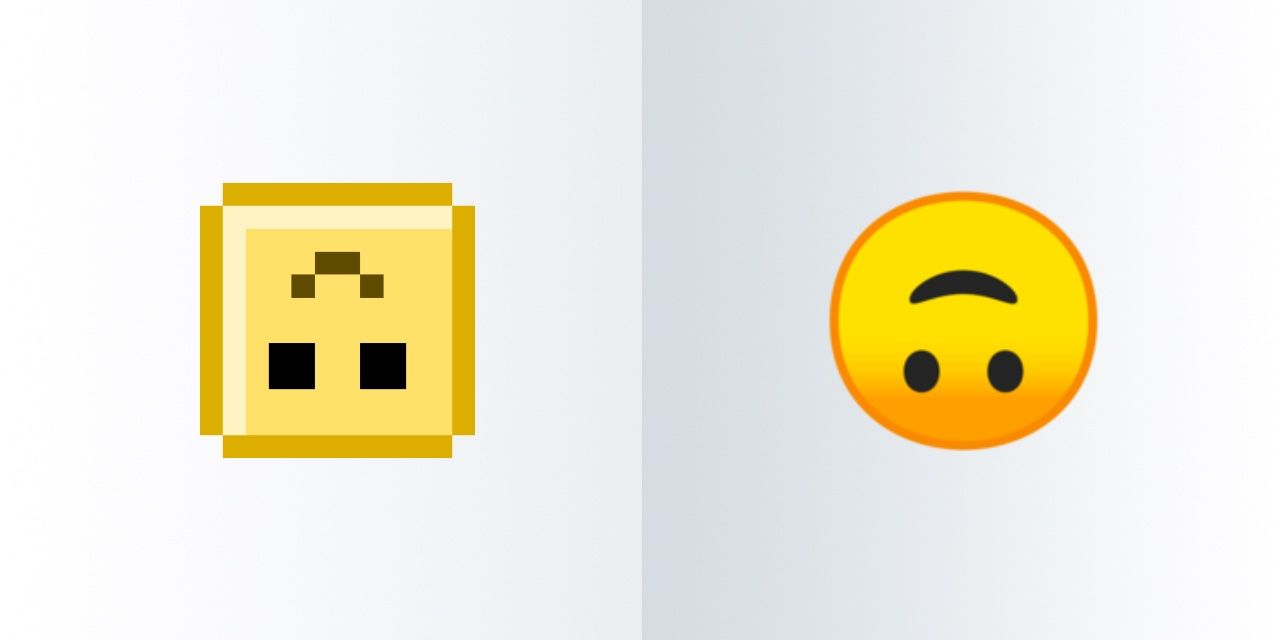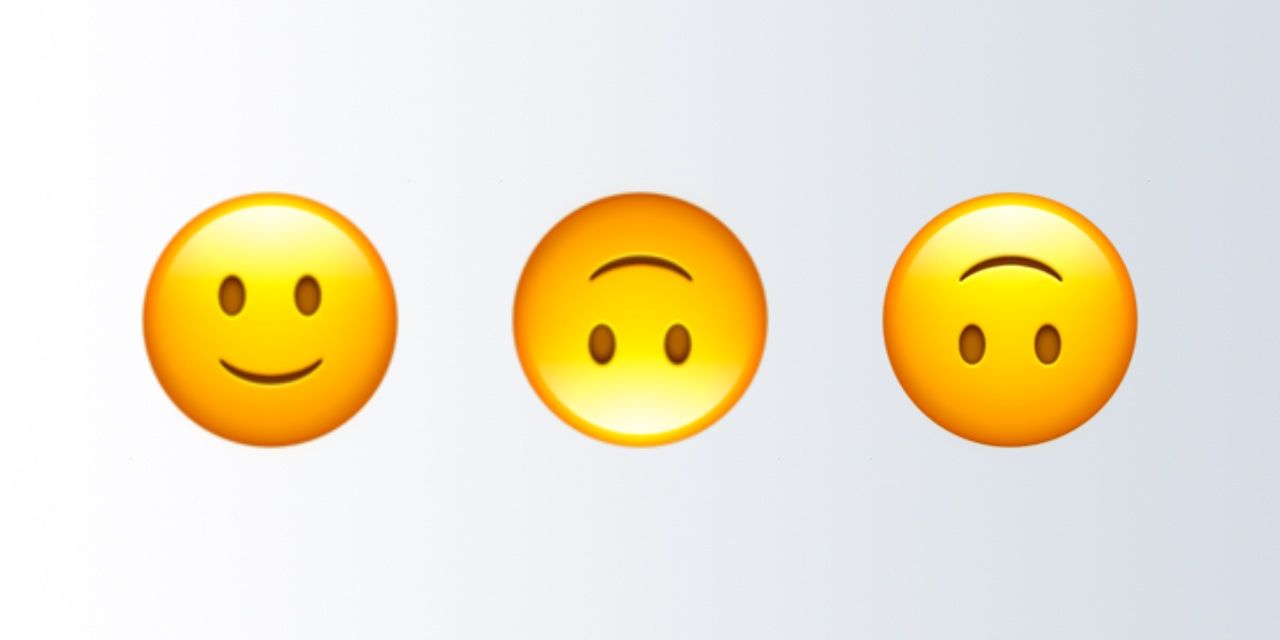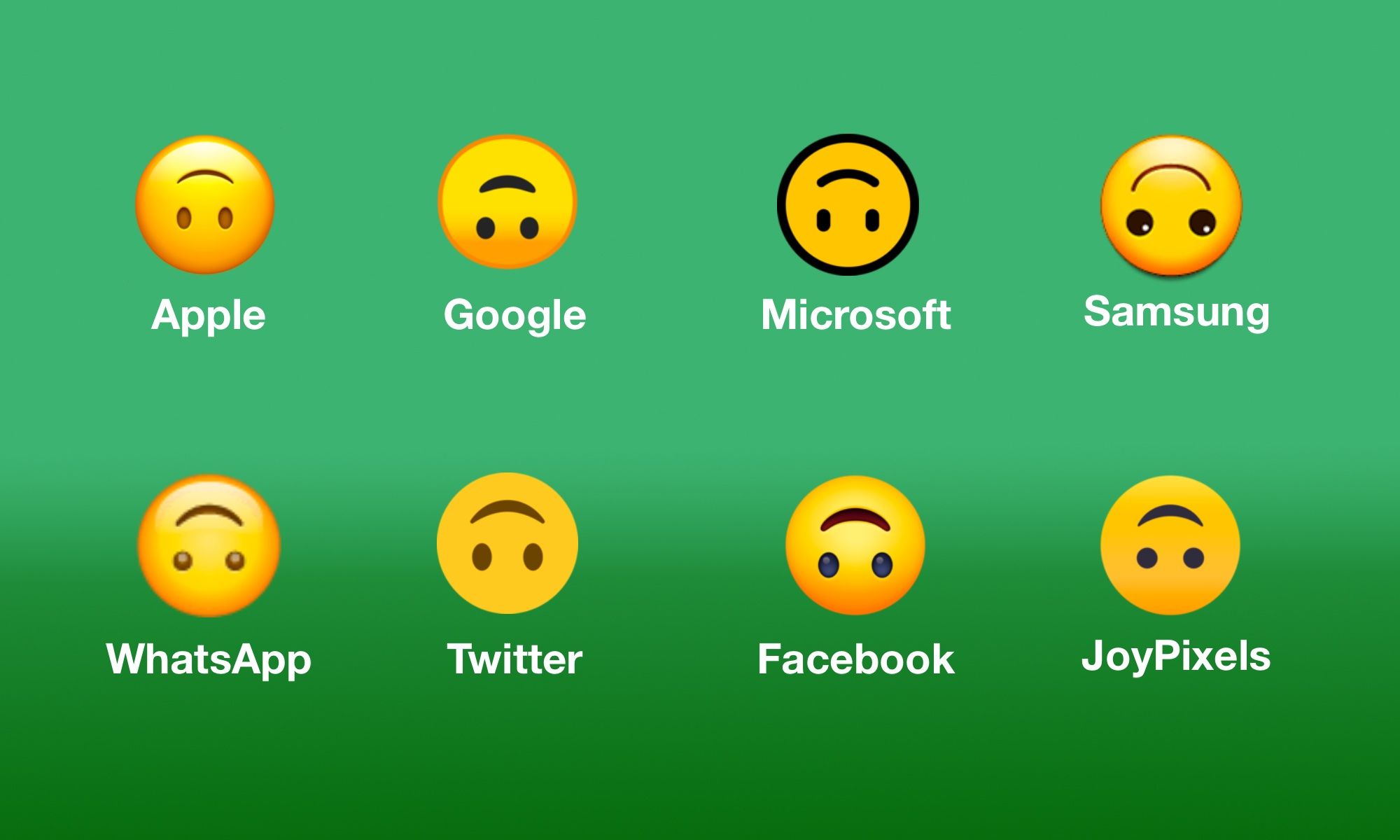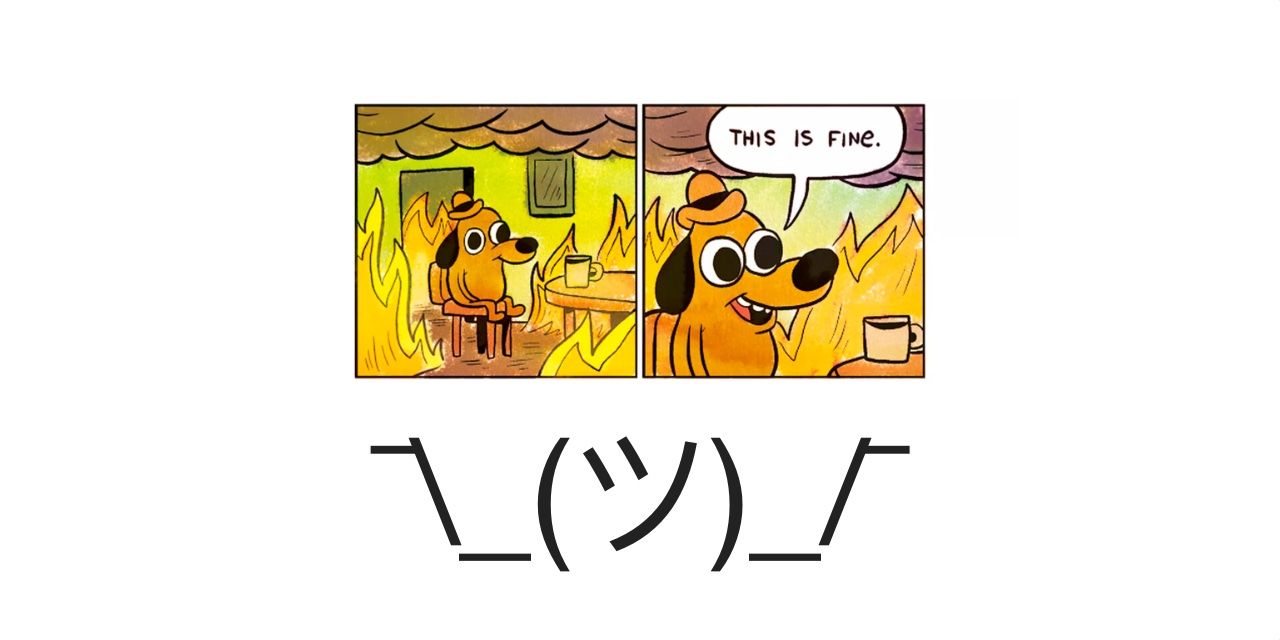What Does The 🙃 Upside-Down Face Emoji Mean? [Emojiology]
![What Does The 🙃 Upside-Down Face Emoji Mean? [Emojiology]](/content/images/size/w2000/2019/05/Emoji-Header-Upside-Down-Face-Emojipedia.jpg)
Whenever I share the work I do in defining emoji for Emojipedia, I inevitably meet a two-part response. First, people fawn over their faves. Hearts, smiles, and, yes, poo 💩 pile high among them. Then, they flick on their phones and present to me a character that has been confounding them. The culprit? Almost always 🙃.
"What is it? What's it supposed to mean? Am I using it correctly?" my concerned emoji-locutors ask. The capsized countenance of 🙃 Upside-Down Face, as the emoji is so named, can indeed twist our heads. So, in this Emojiology, let's try to get our understanding of 🙃 right-side up.
🔤 Meaning
Depicting a classic yellow smiley face turned upside down, 🙃 Upside-Down Face commonly conveys sarcasm, irony, humor, and silliness. It is frequently used as a playful indication of awkwardness, frustration, ambivalence, or bemused resignation, as if saying, "Oh well!"
💬 Development
🙃 Upside-Down Face was approved under Unicode 8.0 in 2015, but it had been topsy-turvy on many screens since 2008. In October that year, Google unveiled nearly 80 bright and blocky emojis on Gmail, including an upside-down smiley.

The designs for Gmail's charming, often animated characters were based on early emoji sets from the Japanese cell phone carrier au by KDDI. Au, however, lacked an upside-down face, but records of Gmail's initial emoji support in Japan map its upside-down face onto a Japanese emoticon (kaomoji) referred to as 逆立ち (sakadachi), meaning "handstand, headstand, being upside down or in reverse."
A Japanese database—a kind of Emojipedia predecessor called "Emoji Site for Mobile Phones" and archived back to 2003—allowed users to copy and email various pictographs, including those from Docomo and au, early providers of emoji.
Categorized under アクション系 ("action group"), since 2004 the database has included a set of emoticons called 逆立ち, (sakadachi, "handstand"), featuring the adorable acrobatics of ┌(・ ̄・)┐, dubbed "Inverted Face Emoticon," and (.-.), or "Upside-Down," among others.
One upside-down face, キタ━━━━(゚∀゚)━━━━!!, is apparently a take on a popular kaomoji known as kita, which can express the excitement of "All right!" or the elation of "OMG!" This emoticon suggests the action of a cartwheel, sometimes done or said to portray a kind of childlike joy, e.g., When I learned the Spice Girls were doing a reunion tour, my 13-year-old self was doing cartwheels.
Is the original intent of 🙃 Upside-Down Face now better represented by an altogether different emoji, 🤸 Person Cartwheeling? Did we get it all wrong? If that's the case, only one emoji conveys the proper reaction: 🙃.
🗣️ Release & Reception
A 2014 memo to the Unicode Technical Committee encouraged the "rapid incorporation" of dozens of emojis into Unicode. For the inclusion of 🙃 Upside-Down Face, it cited Gmail's upside-down face and "also a common emoticon," possibly referring to (.-.) or its typographical kin.
By 2015, Google's Gmail upside-down face was added to Unicode as the 🙃 Upside-Down Face as we now know it. Most vendors implement the emoji as a flipped version of their 🙂 Slightly Smiling Face, which telegraphs its own simpering irony.

The appearance of 🙃 Upside-Down Face is and has been consistent across platforms, though Microsoft once featured a full-toothed grin. For designs that shadow the emoji, as is clear in our Apple comparison above, note that the gradient goes from light to dark from top down. While such coloration is consistent across respective vendor smiley designs, this vertical orientation may help us read the emotional expression, and not the physical head, as inverted.

🙃 Upside-Down Face was celebrated in popular media in 2015–16 after its release. On the eve of Apple's update going live, Mat Whitehead for BuzzFeed hailed the emoji over such beloved characters as 🦄 Unicorn Face, 🌮 Taco, and 🧀 Cheese his article "PSA: The Upside-Down Smile Is The Greatest New Emoji." In this upended glyph, Whitehead immediately saw more than just sarcasm, showcasing its potential for everything from being passive-aggressive to needing a glass of wine after a long day.
In January 2016, Bustle writer Mehak Anwar discussed its power to convey distress:
For me, the upside down face emoji has become a sign of distress. I use it to indicate the emotion we all know too well—totally calm and collected on the outside, but breaking slowly on the inside.
That same month, Russell Brandom on The Verge pinpointed in 🙃 Upside-Down Face a "gleeful absurdism" while Sophie Kleeman on Mic crowned it as a scion to shruggie, delighting in its "awkward sadness":
It screams indifference, but it can also connote the feeling that the world is falling apart but you still have to wake up in the morning. Or that someone has pissed you off, but you're smiling because you like bathing people in passive aggression.
That keeping-it-together-while-the-world-burns sentiment, very much a part of the internet zeitgeist in the late 2010s, is popularly represented by KC Green's "This is Fine" comic and subsequent meme—to which 🙃 Upside-Down Face has also been compared.

Odyssey weighed in October 2016, expanding 🙃 Upside-Down Face's emotional palette to petty, flirty, savage, naive, cocky, and stoic. It's versatile, to be sure—or what lexicographer and Unicode Emoji Subcommittee member Jane Solomon has aptly summed up as an "emotional catch-all."
"There's an inherent ambivalence to the upside-down smiley," Solomon observed on her website, noting it's at once mad and glad. "The upside-down smiley can effortlessly oscillate between these seemly disparate emotions in one compact symbol."
✅ Examples
The meanings of 🙃 Upside-Down Face, as we've already seen, are multifarious, and often subtle and idiosyncratic.
🙃 Upside-Down Face can express the frustrations of the paradoxical ...
When you miss someone so much but you’re trying so hard to stop yourself from missing them. 🙃😔
— Kimpoy Feliciano (@kimpoyfeliciano) May 27, 2019
... and the fun of the whimsical.
Some feel good for your Monday 🙃
— Golden State Warriors (@warriors) May 27, 2019
Candytopia x @dameology pic.twitter.com/fN2bp60xDy
We can use it in silly self-deprecation ...
Yo i really fell asleep scrolling on my phone 🙃😭 pic.twitter.com/QBRkUHfltT
— Jasmine Brown (@JasMeannnn) May 26, 2019
... to look askance at life's double standards ...
Luv when people say their clothes are “for everyone” but they really mean sizes 4-12 🙃
— Brodie Lancaster (@brodielancaster) January 9, 2018
... or laugh at life's inanities, big and small.
All these toys but a $4.97 storage bin is all he wants to play with. 🙃 pic.twitter.com/iAoWC4CkJi
— Chris Kane (@KATVChris) May 23, 2019
With 🙃 Upside-Down Face, it's as if the world has been turned upside-down—sometimes literally.
2 duos of #JOYAMexico #IcarianGames artists X 20 backflips = 🙃😲 pic.twitter.com/26KjHsHG55
— Cirque du Soleil (@Cirque) May 27, 2019
🗒️ Usage
Now, my concerned emoji-locutors, I haven't forgotten your questions. Let's review:
What is 🙃?
Upside-Down Face.
What is 🙃 supposed to mean?
It doesn't have one fixed meaning, but is generally used to mark the tone of a message as sarcastic, silly, or mildly frustrated.
Are you using 🙃 correctly?
I'm not in the business of emoji prescriptivism, or issuing any hard and fast rules about what emojis should be.
I pursue a descriptivist approach, investigating instead how they are actually used. For 🙃 Upside-Down Face, that's almost always with an underlying sense of irony, whether in indicating a simple joke—or registering those deeper, more confounding ironies of life that are harder to define. 🙃
